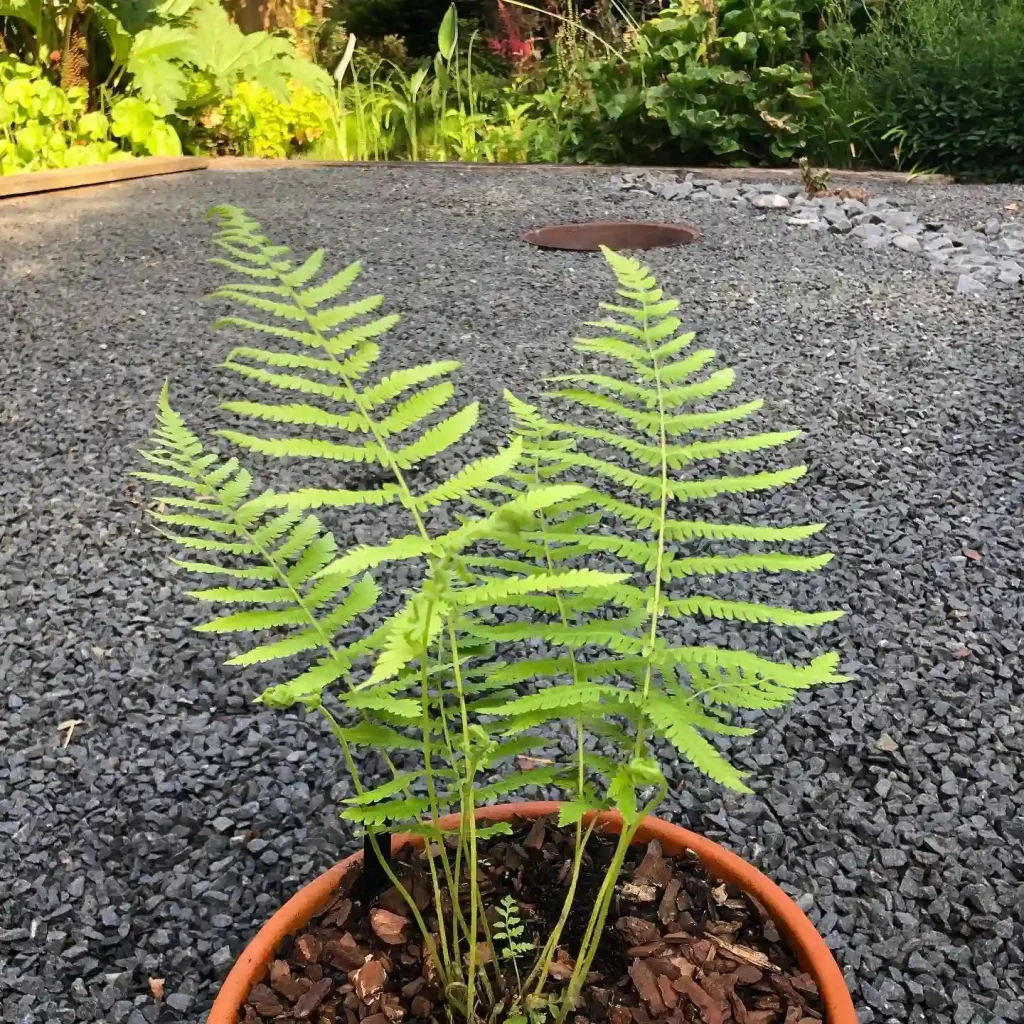Eclipta: A Humble Plant with Hidden Depths
My name is Ferb Vu, and while I might not be a botanist by profession, I’ve always been fascinated by the natural world, particularly the plant kingdom. Lately, I’ve become intrigued by a genus of plants called Eclipta, a group of unassuming herbs that often go unnoticed despite their interesting properties and widespread distribution.
These plants, belonging to the Asteraceae family (think sunflowers and daisies), are found in tropical and subtropical regions around the globe. They thrive in damp environments, often popping up along riverbanks, in marshes, and even as weeds in cultivated fields. You might walk right past them without a second glance, but once you get to know Eclipta, you’ll find there’s more to it than meets the eye.
A Closer Look at Eclipta
One of the most striking features of Eclipta is its small, white flowers. They resemble miniature daisies, with a central disc surrounded by delicate white rays. The leaves are simple and lance-shaped, often with slightly serrated edges. The stems are typically prostrate, meaning they lie flat on the ground, but they can also grow erect in some cases.
But Eclipta is more than just a pretty face. It has a long history of use in traditional medicine, particularly in Ayurveda and Traditional Chinese Medicine. It’s believed to have a cooling effect on the body and is often used to treat ailments related to the liver, skin, and hair. Some studies suggest that Eclipta possesses anti-inflammatory, antioxidant, and even anti-cancer properties.
The Species in Eclipta
While Eclipta prostrata is the most well-known species, the genus Eclipta includes a few other lesser-known members. Here are some of the species that fall under this genus:
- Eclipta alatocarpa – This species is native to parts of Australia and is often found in tropical and subtropical regions. It typically grows in wet habitats, such as along creek banks or in moist woodlands, adapting well to fluctuating water availability. Known for its small, white, daisy-like flowers, Eclipta alatocarpa has leaves that are lance-shaped with a slightly hairy texture, and it is used in some traditional medicine practices for its anti-inflammatory properties.
- Eclipta elliptica – Endemic to tropical regions, Eclipta elliptica thrives in moist soils and is often found in shaded forested areas. It has a unique elliptic leaf shape, which gives it its name, and bears white or cream-colored flowers that are relatively small but prolific. This plant is known for its role in soil conservation as it helps stabilize the soil in its native habitat, and it is also appreciated in traditional herbal medicine for hair care and wound healing.
- Eclipta leiocarpa – Typically growing in wetlands or near water sources, Eclipta leiocarpa is recognized by its smooth, narrow leaves and white flowers. This species is adapted to tropical and subtropical environments, with a particular resilience to waterlogged soils. Though not as widely studied as other species in the genus, Eclipta leiocarpa is thought to share similar medicinal properties, including potential anti-inflammatory and antibacterial effects.
- Eclipta megapotamica – Native to South America, Eclipta megapotamica grows primarily in wet, swampy areas. It features broader leaves than many of its relatives, with a rich green color and a soft, hairy texture. This species is also characterized by its small white flowers and has been traditionally used in South American herbal practices, particularly for its reputed benefits to skin and hair health.
- Eclipta platyglossa – This species is often found in regions with tropical climates and is distinguished by its wider, broader leaves compared to other Eclipta species. Eclipta platyglossa is usually a low-growing plant, with white or sometimes yellow flowers that are relatively larger within the genus. It has potential use in traditional medicine, especially for conditions related to the liver and skin, aligning with other Eclipta species’ medicinal applications.
- Eclipta prostrata – Commonly known as false daisy, Eclipta prostrata is the most widely recognized species in this genus. It grows as a prostrate herb and is well-regarded for its medicinal properties, especially in Ayurvedic and traditional Chinese medicine. This species has small white flowers, lance-shaped leaves, and is known for its reputed benefits to hair health, liver function, and wound healing. Its adaptability to various habitats, from moist grasslands to agricultural fields, makes it an easily accessible medicinal plant in many regions.
The Many Names of Eclipta prostrata
Eclipta prostrata goes by many names, reflecting its widespread use and diverse cultural significance. Some of its common names include:
- False Daisy: This name highlights its resemblance to daisies, despite not belonging to the same genus.
- Yerba de Tajo: This Spanish name translates to “herb of the cut,” referring to its traditional use in wound healing.
- Bhringraj: This Sanskrit name means “king of hair,” alluding to its reputation for promoting hair growth and preventing premature graying.
- Kehraj: This Hindi name also refers to its hair-related benefits.
These names give us a glimpse into the rich ethnobotanical history of Eclipta and its importance in various traditional healing systems.
My Personal Interest in Eclipta
My fascination with Eclipta stems from its adaptability and resilience. It thrives in diverse environments, even those considered harsh or unfavorable. This hardiness speaks to me on a deeper level, reminding me of the importance of perseverance and adaptability in the face of challenges.
Moreover, I’m drawn to its medicinal potential. While more research is needed to fully understand its therapeutic benefits, the traditional uses of Eclipta are intriguing and suggest a promising future for this humble plant.
In a world increasingly dominated by synthetic products, I find it refreshing to reconnect with nature and explore the healing potential of plants like Eclipta. It’s a reminder that sometimes the most valuable remedies can be found right under our feet, waiting to be discovered and appreciated.
If i die, water my plants!



